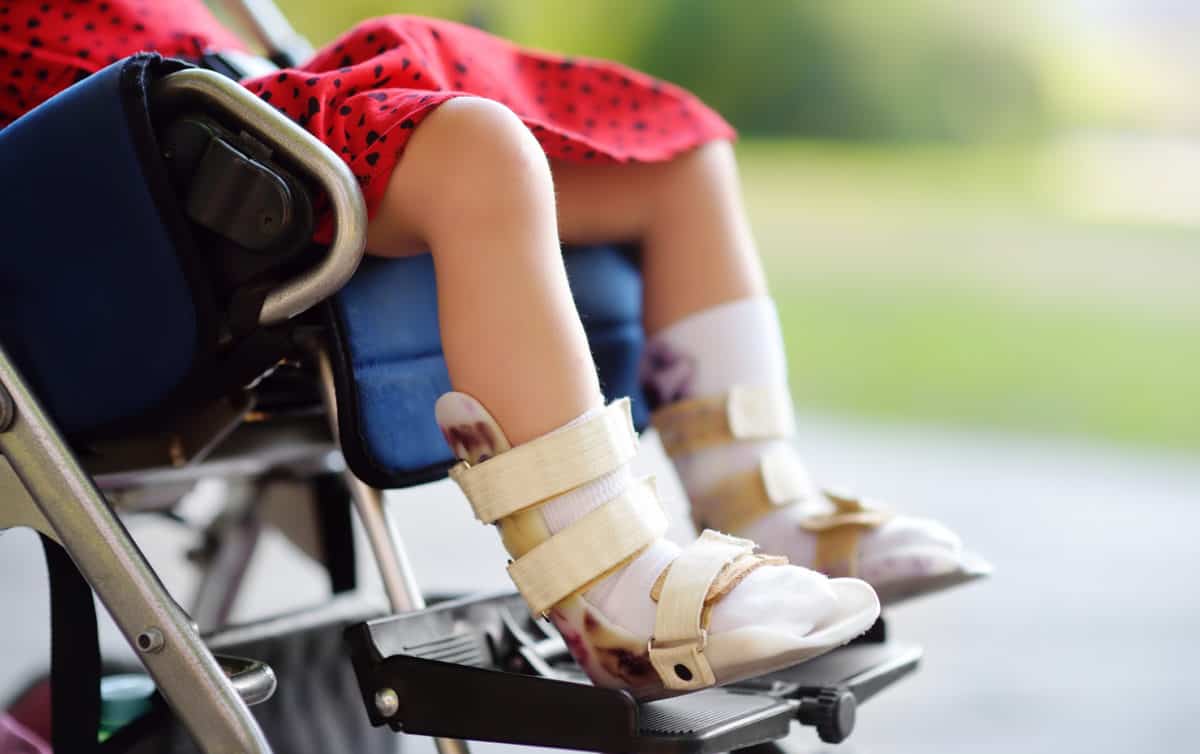Lead partner
Murdoch Children’s Research Institute
MACH PARTNERS
Royal Children’s Hospital; St Vincent’s Hospital Melbourne; University of Melbourne; Western Health
Hip surveillance is an evidence-based process to detect early hip displacement through regular X-rays for the right children at the right times. Following national clinical guidelines, effective hip surveillance facilitates timely referral for orthopaedic care, reducing the risk of hip dislocation. It is often overlooked in children with complex and multiple problems. Those living outside metropolitan areas are particularly at risk for missing out on this important aspect of care.
Using the Victorian Cerebral Palsy Register and a customised data portal, we will implement a state-wide hip surveillance program. Recent research involving both consumers and health professionals identified barriers and inefficiencies in the current delivery of hip surveillance to children with CP in Victoria. This work has informed a proposed model involving “hubs” at The Royal Children’s Hospital and the Monash Children’s, supporting “spokes” at regional centres. Essential facets of the program will include centralised coordination, reminders to health professionals and families when hip surveillance is due, clinician training, quality control and program evaluation (e.g. X-ray timing, referral pathways for orthopaedic care). Establishment of this program will eliminate variations in care, will build collaboration across health providers throughout Victoria and improve clinical pathways for a vulnerable group of children.
This project is supported by the Australian Government’s Medical Research Future Fund (MRFF) as part of the Rapid Applied Research Translation program.
Hips on Track has developed of a new clinical model for hip surveillance in Victoria. Central to this model is the HipWatch data portal and the creation of clinical positions for senior physiotherapists at The Royal Children’s Hospital and Monash Children’s Hospital. These roles will ensure centralised coordination of hip surveillance across the state, clinician training and mentoring (physiotherapists, paediatricians, paediatric rehabilitation specialists).
Essential program features include centralised data management, reminders when hip surveillance is due, information sharing resources and professional development, governance and quality control. Baseline information has been gathered so that evaluation and continuous improvement can occur as the program is rolled out.
By ensuring that all Victorian children have equitable and regular access to on-going hip surveillance, HipWatch will facilitate timely identification of hip displacement and referral for orthopaedic management. The new model of care will reduce system inefficiencies and improve the standardisation of hip surveillance for all Victorian children with CP. Establishment of clinical governance and quality assurance processes will eliminate variations in care.
The flow-on, and long-term impacts will be a reduced incidence of late treatment or untreated hip displacement, often resulting in hip dislocation with life-long pain, loss of function, additional burden of care to families., and substantial cost savings to the health care system by reductions in hospitalisations and invasive surgery.
HipWatch will build collaboration across health providers (urban, regional and rural) throughout Victoria and improve clinical pathways for a vulnerable group of children.
- Willoughby KL, Toovey R, Hodgson J, Graham HK, Reddihough DS. Health professional’s experiences and barriers encountered when implementing hip surveillance for children with cerebral palsy. J Paediatr Child Health 2019; 55:32-41. DOI 10.1111/jpc.14108
- Toovey R, Willoughby KL, Hodgson JM, Graham HK, Reddihough DS. More than an X-ray: experiences and perspectives of parents of children with cerebral palsy when engaging in hip surveillance. J Paediatr Child Health 2020; 56:130-135. DOI 10.1111/jpc.14537
- Willoughby KL, Ang SG, Thomason P, Rutz E, Shore B, Buckland AJ, Johnson MB, Graham HK. The epidemiology of scoliosis in cerebral palsy: a population-based study at skeletal maturity. J Paediatr Child Health 2022; 58(2): 295-301 doi: 10.1111/jpc.15707
- Willoughby K, Thomason P, Knight K, Leone V, Graham K. Non-operative management of hip displacement for children with cerebral palsy: A knowledge translation evaluation. Dev Med Child Neurol; 2022;64(Suppl. 2): 28 DOI: 10.1111/d mcn.15159
- Tonmukayakul U, Willoughby K, Mihalopoulos C, Reddihough D, Mulhern B, Chen G. Predicting the Child Health Utility 9D utilities from the Caregiver Priorities & Child Health Index of Life with Disabilities (CPCHILD). Dev Med Child Neurol; Submitted, under review
- Keeping Hips on Track, MACH Australia, 30 March 2022, https://machaustralia.org/news/keeping-hips-on-track/

